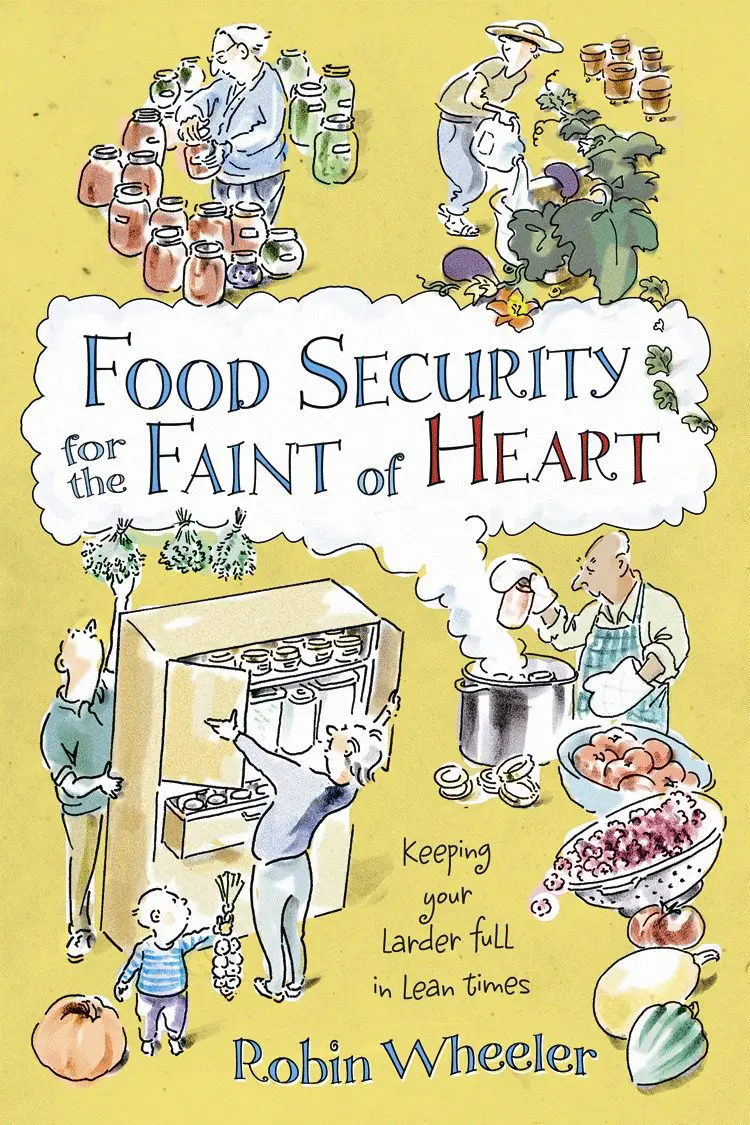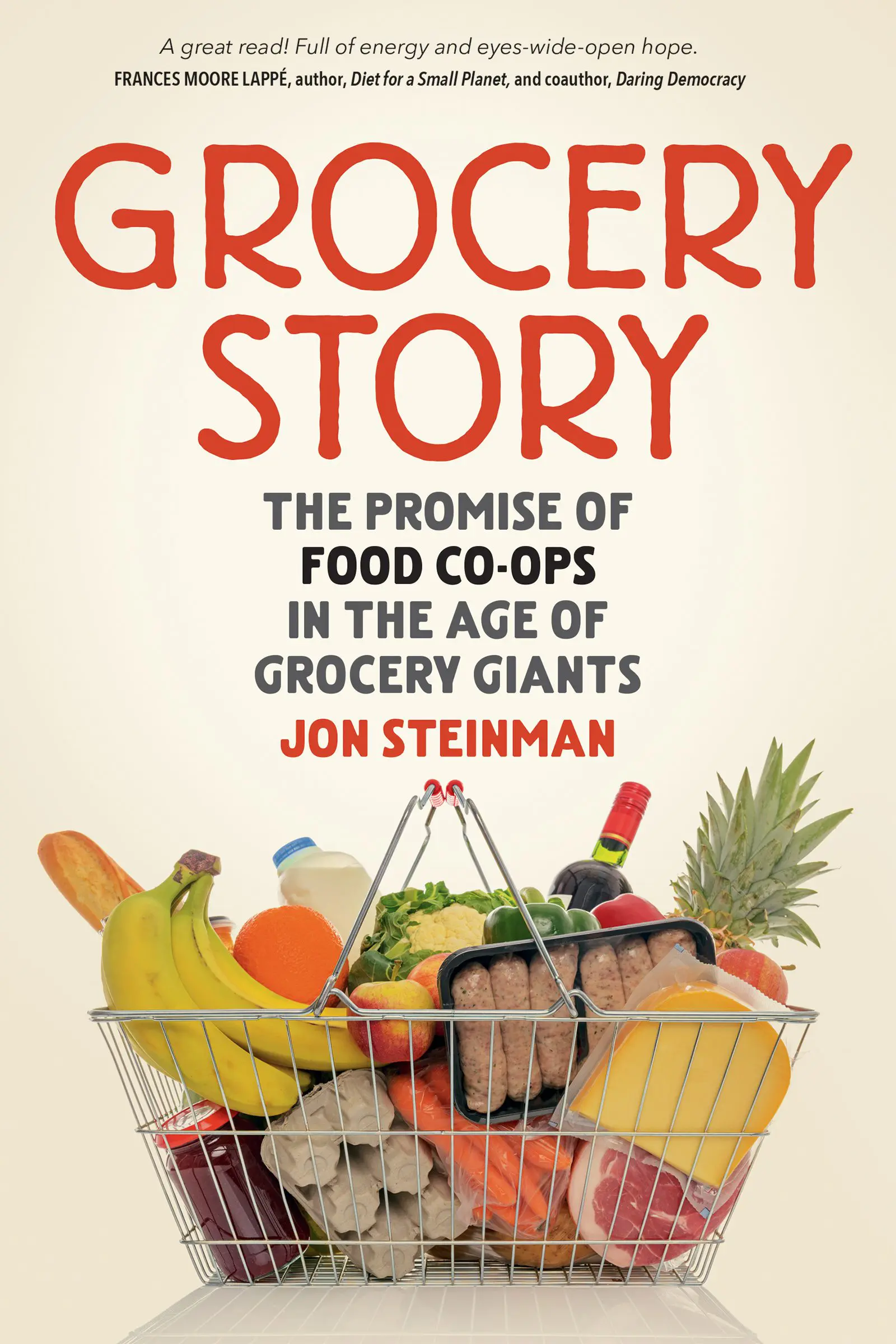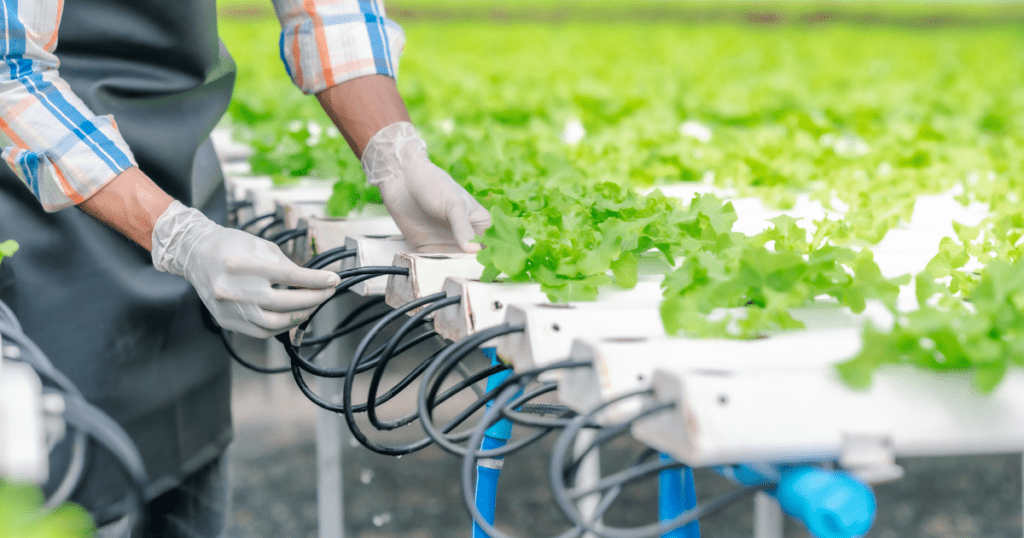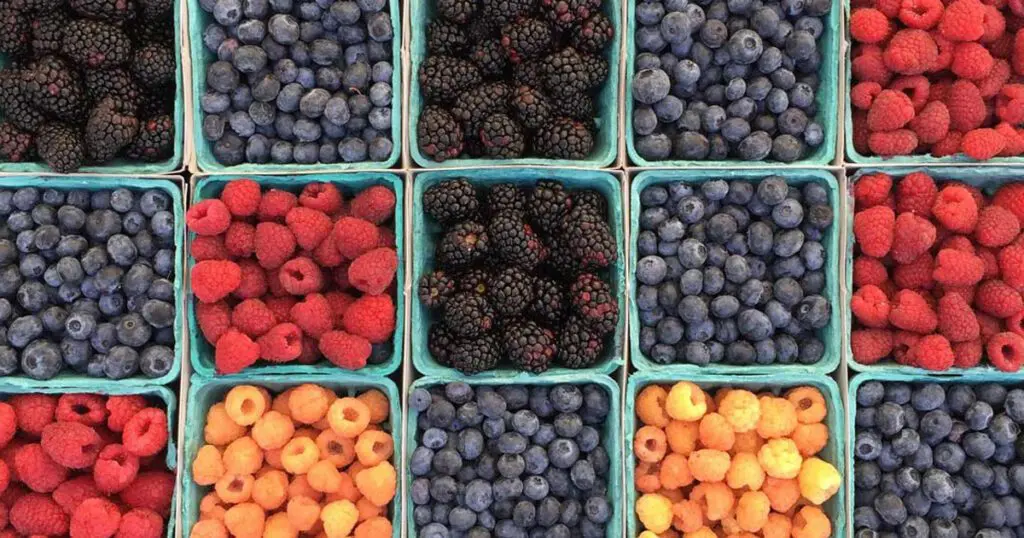
What does food security mean to you? Is it the assurance that your local grocery store will always have what you need? The ability to grow your own produce in your backyard? Or is it knowing that no child in your community goes to bed hungry? In 2025, food security in North America is no longer something we can take for granted. It has become one of the most pressing challenges of our time.
Between rising food costs, climate-related disruptions, and the lingering effects of supply chain vulnerabilities, millions of people across the US, Canada, and Mexico are struggling to access affordable, nutritious food. Food banks are overwhelmed, small farmers are facing increasing pressures, and even middle-class families are adjusting their diets due to soaring prices.
As the realities of food insecurity set in, the question is no longer whether we should address the issue—but how quickly and effectively we can take action.
The State of Food Security in 2025
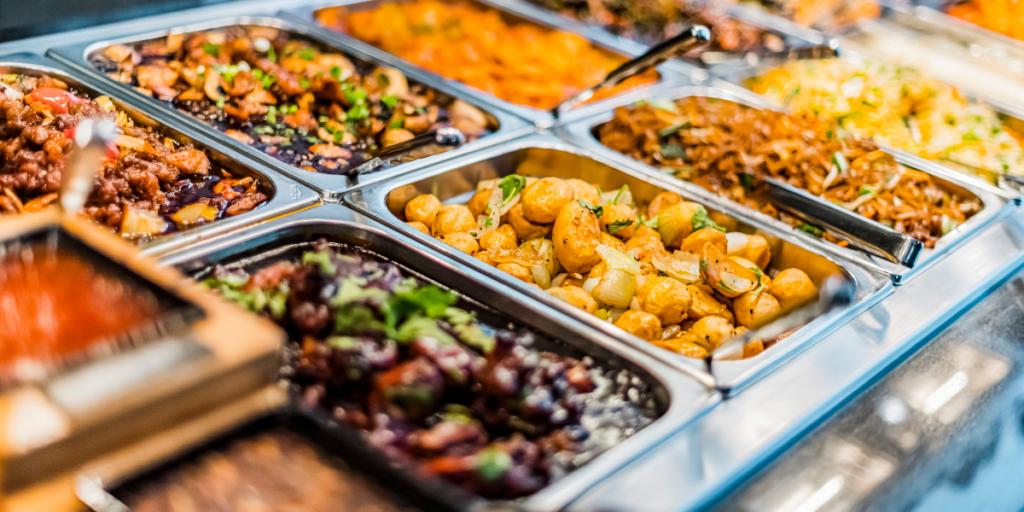
Just a decade ago, many assumed that North America’s food system was stable. Supermarkets overflowed with choices, restaurants sourced ingredients from around the world, and convenience trumped sustainability. But today, cracks in that system have widened into major fractures.
Rising Food Prices: Inflation has continued to drive up grocery prices, making healthy food less accessible to lower- and middle-income households. The cost of basic staples—bread, eggs, fresh produce—has increased at double-digit rates year after year, outpacing wage growth.
Climate Disruptions: Droughts, floods, and wildfires have devastated crops across North America. The West Coast of the US, a major supplier of fruits, vegetables, and nuts, has experienced historic drought conditions, leading to reduced yields and higher prices. Unpredictable weather patterns have made farming a riskier and more expensive endeavor, with losses being passed on to consumers.
Supply Chain Vulnerabilities: The logistical weaknesses exposed during the COVID-19 pandemic persist. A lack of transportation infrastructure, just-in-time delivery systems, dependence on imports, and ongoing labor shortages mean that even small disruptions can lead to empty shelves and price hikes.
Food Insecurity in Marginalized Communities: Indigenous communities, low-income urban neighborhoods, and remote rural areas continue to bear the brunt of the food crisis. The affordability and availability of fresh, nutritious food remain significant barriers, contributing to higher rates of diet-related illnesses.
The Human Cost of Food Insecurity
Hunger in North America isn’t just about empty plates—it’s about the physical, emotional, and economic toll on millions of people.
Children who experience food insecurity are at higher risk for developmental delays, lower academic performance, and long-term health problems. Working families, already stretched thin by rising costs of living, are making impossible choices between rent and groceries. Meanwhile, the elderly, many of whom live on fixed incomes, are increasingly turning to food assistance programs just to get by.
Lack of food security also affects mental health. The stress and anxiety of not knowing where the next meal will come from can lead to depression, social isolation, and a diminished quality of life. Food is more than sustenance—it’s a source of dignity, stability, and connection.

Solutions for a More Resilient Food System
While the challenges are daunting, solutions exist. A more secure food future requires systemic change, innovation, and community-driven action. Here’s how we can move forward:
1. Strengthen Local and Regional Food Systems
Overreliance on global supply chains makes North America’s food system vulnerable. Strengthening local food networks—including urban farming, farmers’ markets, and food co-ops—can provide more direct access to fresh food while reducing dependence on long-distance imports.
Cities like Vancouver and Chicago are investing in urban agriculture, transforming rooftops and vacant lots into thriving food sources. Expanding these initiatives nationwide could provide communities with greater food sovereignty and resilience.
2. Support Small and Regenerative Farmers
Industrial agriculture dominates North America’s food system, but small and mid-sized farms are key to sustainable food security. Regenerative agriculture—farming practices that restore soil health and increase biodiversity—can help build a more climate-resilient food supply.
Government policies must shift toward supporting sustainable farming practices through grants, subsidies, and infrastructure investments. Consumers can also play a role by choosing to buy from local farmers and cooperatives whenever possible.
3. Expand Access to Affordable and Nutritious Food
Food deserts—areas where fresh food is difficult to access—continue to be a major problem in both urban and rural communities. Expanding food assistance programs, incentivizing grocery stores to operate in underserved areas, and supporting community food hubs can help bridge this gap.
Organizations like FoodShare in Canada and Feeding America in the US are leading initiatives to bring fresh, affordable food to those who need it most. Strengthening these efforts through policy and investment is essential for long-term food security.
4. Tackle Food Waste Head-On
A staggering 40% of food in North America is wasted. This isn’t just an ethical issue—it’s an environmental and economic one. Businesses and households alike must embrace food recovery programs, composting, and innovative waste reduction strategies.
Retailers and restaurants can play a major role by donating surplus food rather than discarding it, while consumers can take steps to minimize waste at home. Community fridges, food rescue apps, and education campaigns can help shift cultural norms around food consumption and waste.
5. Advocate for Policy Changes That Prioritize Food Security
Long-term solutions require political will. Advocacy for living wages, affordable housing, and food accessibility programs must be at the forefront of policy discussions. Governments need to invest in food infrastructure, including transportation, storage, and distribution networks, to ensure equitable access to nutritious food.
Programs like universal school meals, increased food benefits, and agricultural reforms that promote sustainability can help create a fairer and more secure food system. Citizens must use their voices—through voting, grassroots organizing, and direct advocacy—to push for these critical changes.
The Role of Community in Shaping the Future

Food security isn’t just a policy issue—it’s a community issue. Real change happens when people come together, whether through neighborhood food drives, community gardens, or grassroots activism.
Want to take action? Here are some ways to make a difference:
- Start a local food initiative: A community garden, seed exchange, or local buying group can help strengthen food access in your area.
- Support food justice organizations: Donate, volunteer, or spread the word about groups working to combat hunger and food insecurity.
- Reduce personal food waste: Be mindful of what you buy, store food properly, and find creative ways to use leftovers.
- Engage in advocacy: Contact local representatives, attend city council meetings, and push for policies that promote equitable food access.
Food security in North America is at a crossroads. The challenges of 2025 may seem overwhelming, but history has shown that when communities, governments, and individuals work together, real progress is possible.By rethinking how we grow, distribute, and consume food, we can build a system that nourishes everyone—not just those who can afford it. The time to act is now. Because in a world as rich in resources as ours, hunger should never be an option.

